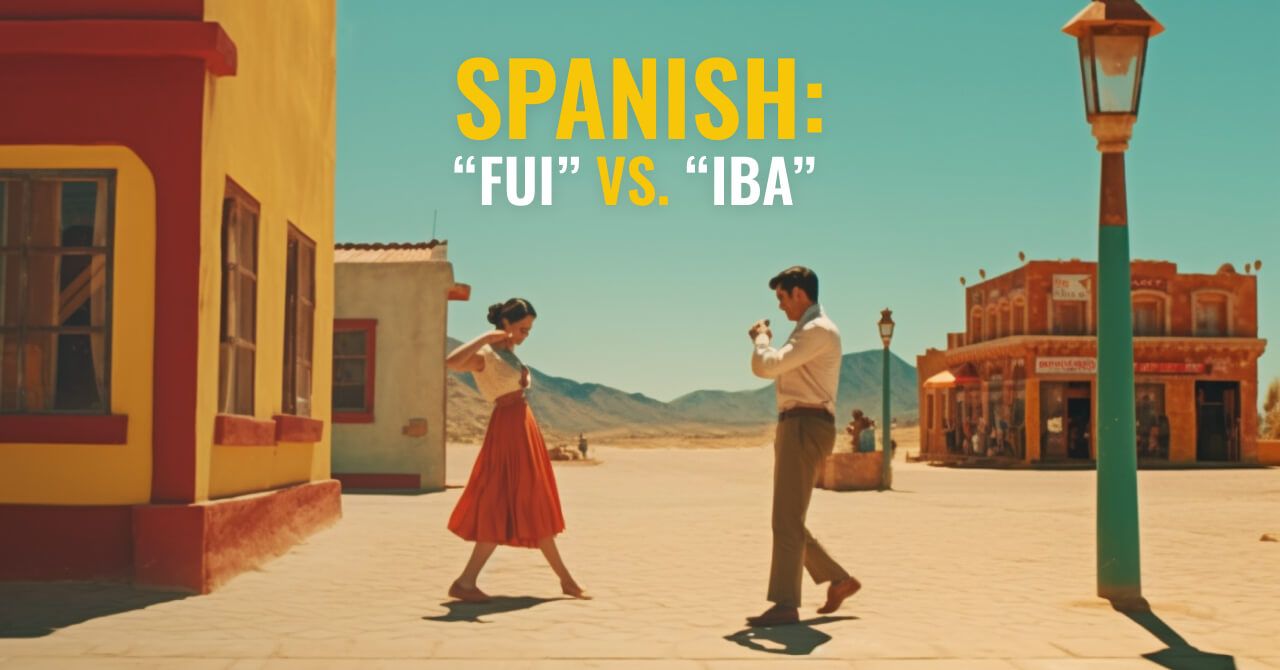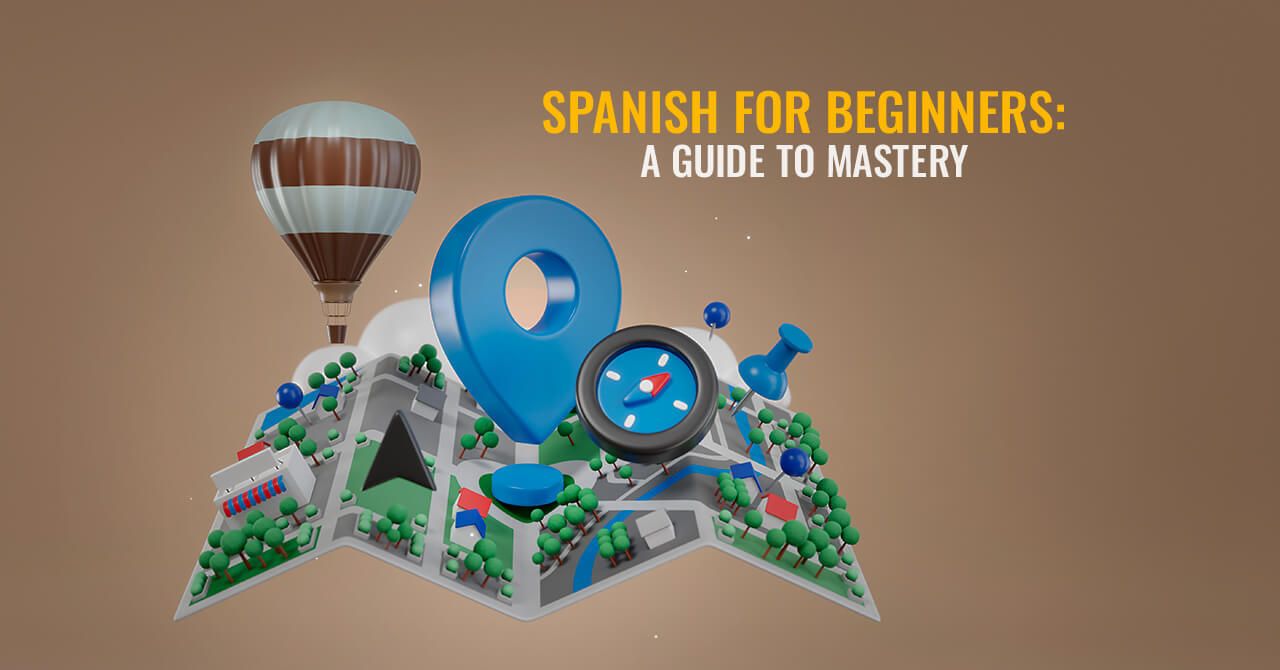
The Difference Between “Fui” and “Iba” in Spanish
Understanding and employing the various tenses are crucial elements for effective expression, as they allow speakers to convey not only what is being said but also when it happened and in what context.
Tenses in the Spanish language serve as the architectural framework that shapes the temporal dimension of communication. Understanding and employing the various tenses are crucial elements for effective expression, as they allow speakers to convey not only what is being said but also when it happened and in what context.
Each tense carries a distinct nuance, enabling speakers to articulate past events with precision or express ongoing actions with clarity. The past tenses, such as the preterite and imperfect, allow for the differentiation between completed actions and continuous states in the past. For instance, recounting a specific event in the preterite, like “fui” (I went), contrasts with the habitual nature depicted by the imperfect, as in “iba” (I used to go).
Spanish, a language known for its nuances and intricate verb conjugations, often poses challenges for learners, and among the intricacies lies the distinction between two forms of the verb “ir” (to go): “fui” and “iba.” Both expressions of the past tense carry nuanced meanings that shape the temporality and nature of the action.
“Fui,” conjugated in the preterite tense, serves to narrate conclusively and specifically about past events. This tense highlights a singular action, emphasizing both its initiation and completion. For instance, saying “Ayer fui al cine” (Yesterday, I went to the cinema) underscores that the cinema visit took place at a defined moment in the past.
In contrast, “Iba,” conjugated in the imperfect tense, is employed to narrate ongoing actions or past habits. This verbal tense paints a picture of continuity, suggesting that the action unfolded over a past period without precisely specifying when it began or concluded. For example, stating, “Cuando era niño, iba al parque todos los días” (When I was a child, I used to go to the park every day) portrays a habitual action in the past without focusing on individual events.
The choice between “fui” and “iba” hinges on the speaker’s intention to convey the duration and conclusiveness of the past action. When narrating a series of continuous actions or describing routines, “iba” emerges as the suitable choice. Conversely, if the goal is to emphasize the singularity and definitive nature of a past event, “fui” becomes the grammatically appropriate selection.
Mastering this grammatical nuance provides Spanish speakers with a valuable tool for precisely expressing their past experiences. The correct conjugation of the verb “ir” not only adds depth to the narrative but also contributes to the richness and clarity of the Spanish language. Ultimately, the choice between “fui” and “iba” becomes a subtle dance between continuity and conclusion, enhancing linguistic expression and enabling more nuanced and precise communication.
I like the idea of understanding the Spanish language as a dance, a dance where the speaker chooses the steps he takes.
In this dance of IBA and FUI we understand that:
- Fui (Pretérito Perfecto Simple) for concrete actions, perfect actions with a clear ending.
Yo fui, tú fuiste, él/ella fue, nosotros/as fuimos, vosotros/as fueron, ellos/as fueron.
- Iba (Pretérito Imperfecto) is for actions that want continuity, in which something else happens or a custom that you always did in the past.
Yo iba, tú ibas, él/ella iba, nosotros/as ibamos, vosotros/as iban, ellos/as iban.
These are the most essential knowledge to have an accurate dance speaking Spanish with these verbs.
My name is Javier, I am from Spain and I am a fan of art, music and sports. I don't worry about mistakes. The important thing is to be happy practicing the language.

